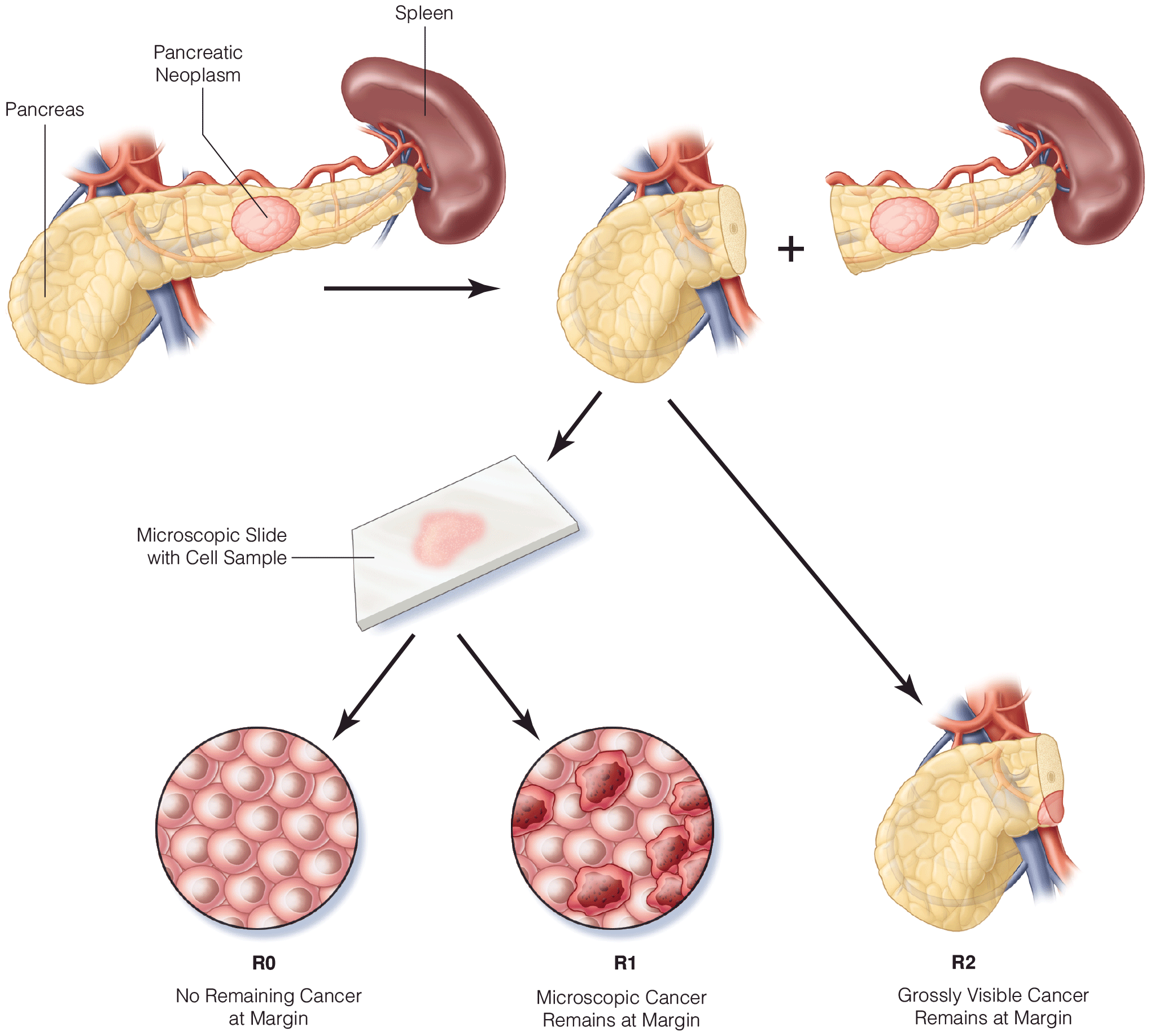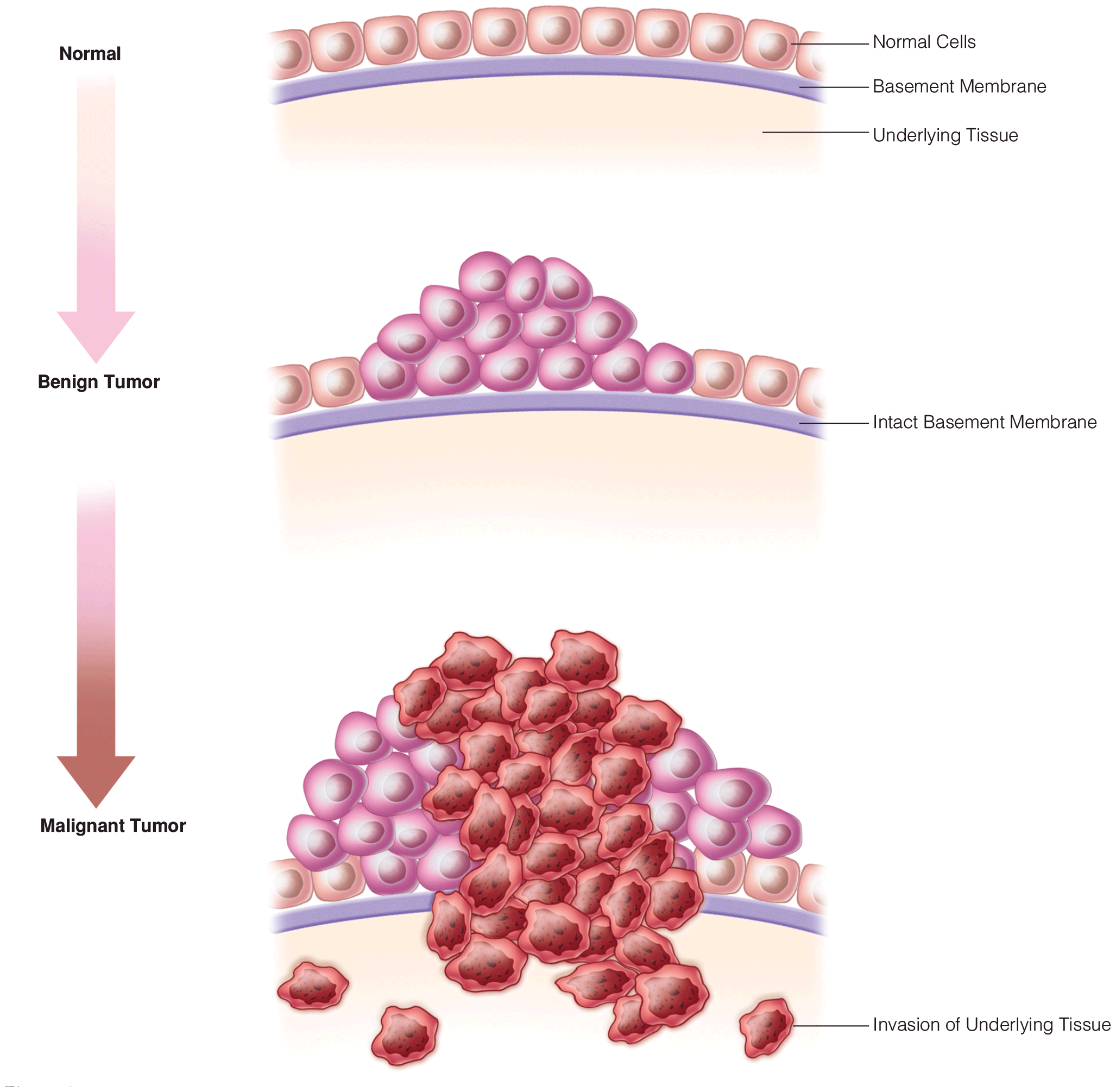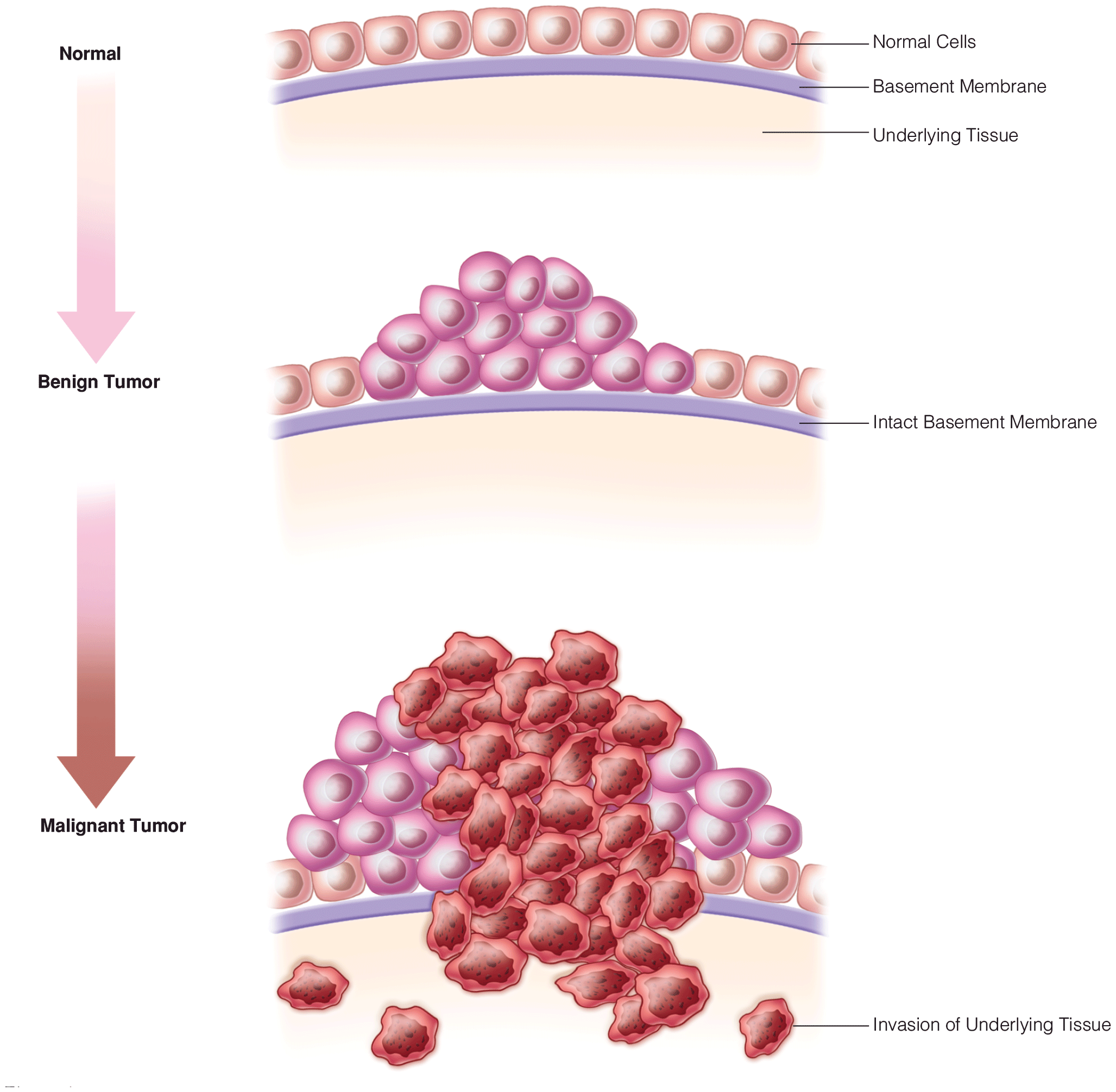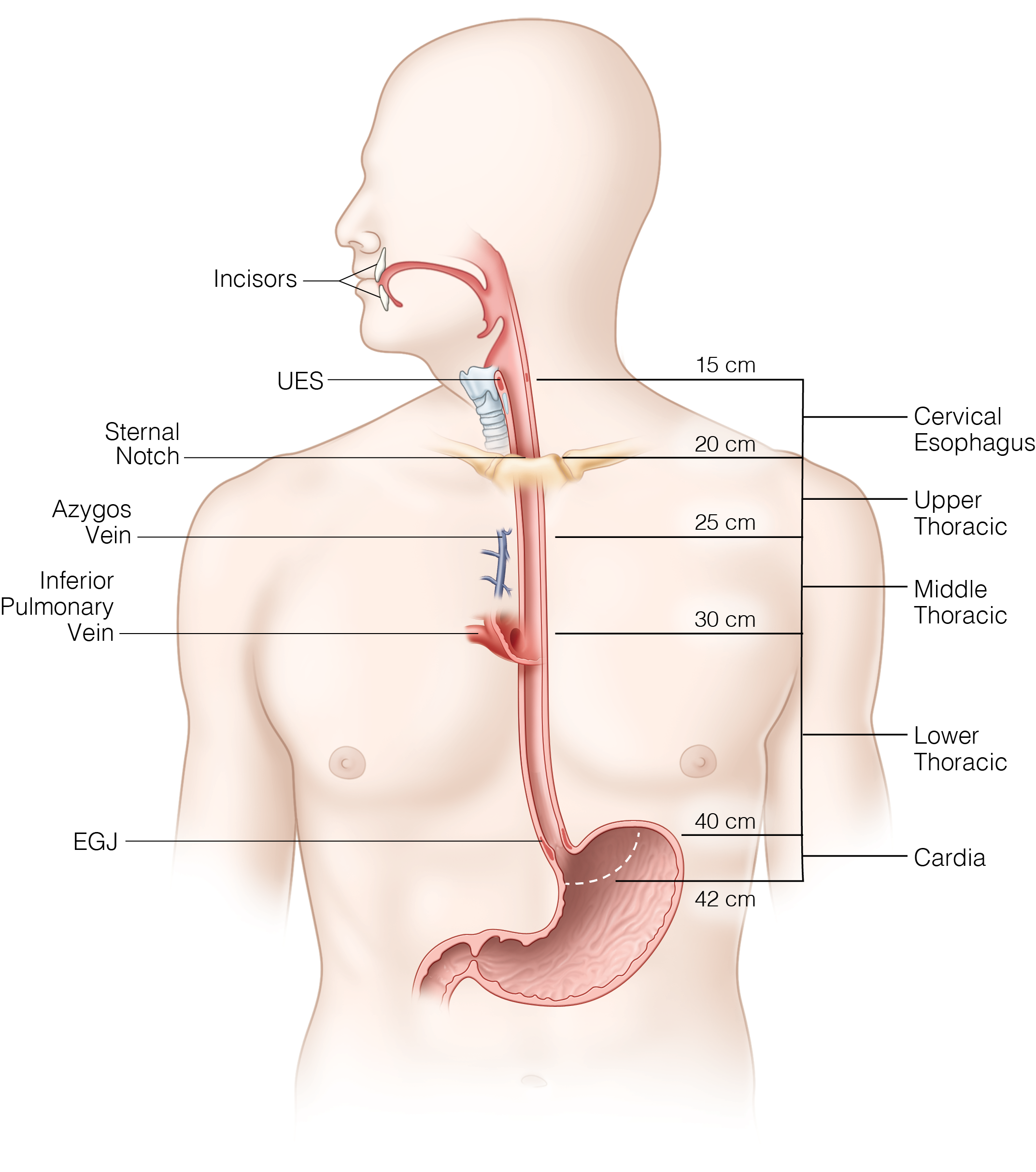Principles of Cancer Treatment
- Updated chemotherapy regimens and new areas of research throughout the paper.
- New section on stereotactic body radiation therapy and proton therapy and the role these therapies play in treating cancer.
- Updated information regarding how cancer cells mutate and develop resistance to treatment.
- New section on directed chemotherapy including selected hepatic artery infusion and isolated limb perfusion and infusion.
- Updated section on immunotherapy including references to recent scientific studies.






.png)







